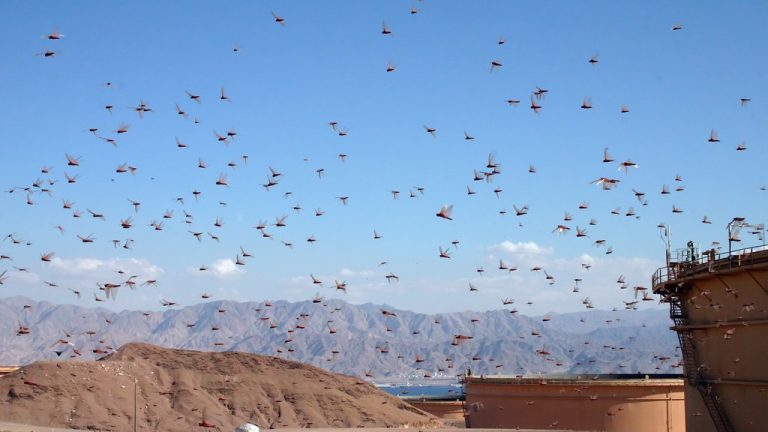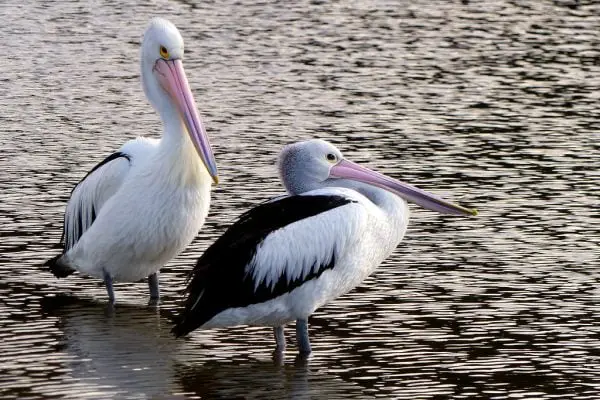Locusts, with their menacing presence and destructive potential, have captivated and terrified humans for centuries. These fascinating insects possess a remarkable ability to transform from solitary creatures into devastating swarms, capable of wreaking havoc on ecosystems and livelihoods. Beyond their destructive nature lies a complex social structure and a captivating, albeit concerning, facet of language – the diverse collective nouns used to describe them. Understanding these terms delves deeper into the enigmatic world of locusts and unveils the intricate dance between cooperation and destruction.
Collective Nouns for Locusts
Unlike some animals with singular collective nouns, locusts boast a diverse vocabulary, each term reflecting the specific context and the group’s destructive potential:
- Plague: This widely used term, often associated with widespread devastation, signifies a massive group of locusts working together in a coordinated and relentless manner. It evokes a sense of overwhelming numbers, unstoppable force, and the potential for widespread destruction.
Example: As the sun dipped below the horizon, casting an ominous glow across the landscape, a plague of locusts descended upon the fertile fields. Their synchronized movements and deafening buzzing created a scene of impending devastation, highlighting the immense threat they posed to the crops and the livelihoods of those who depended on them.
- Cloud: This term emphasizes the sheer density and vastness of a locust swarm, often obscuring the sky and casting a shadow over the land. It evokes a sense of overwhelming presence, impending darkness, and the immense scale of the potential devastation.
Example: Anxious eyes watched the horizon as a cloud of locusts materialized in the distance. It grew steadily, blotting out swathes of the blue sky and engulfing the sun. The once vibrant landscape was cast in an unsettling gloom, foreshadowing the potential destruction that the approaching swarm promised.
- Swarm: This commonly used term highlights the coordinated movement and unified purpose of a large group of locusts. It evokes a sense of organized chaos, relentless pursuit, and the efficiency with which these insects work together to achieve their goals.
Example: The incessant buzzing grew louder as the swarm of locusts descended upon the crops with terrifying precision. They moved in a coordinated wave, consuming everything in their path, leaving behind a trail of devastation that highlighted the destructive potential of their collective action.
- Horde: This term, often associated with uncontrolled chaos and brute force, emphasizes the unpredictable movement and overwhelming numbers of a locust group. It evokes a sense of untamed power, relentless hunger, and the sheer volume of the locusts’ destructive potential.
Example: Like a horde unleashed, the locusts swept across the land, their movements erratic and unpredictable. They devoured any vegetation in their path, leaving behind a barren landscape that bore witness to the relentless force of their hunger and the devastating consequences of their presence.
Interesting Facts About Locusts
Understanding these collective nouns deepens our appreciation for the complexities of locusts and the challenges associated with their presence. Beyond the sheer numbers and destructive potential lies a fascinating world of:
Social Transformation: Locusts undergo a remarkable behavioral and physical transformation triggered by environmental factors, transforming from solitary individuals into social insects capable of forming massive swarms. This complex phenomenon highlights the remarkable adaptability of these creatures and their ability to respond to changes in their environment.
Ecological Impact: Locust swarms can have a devastating impact on ecosystems and human livelihoods. They can consume entire crops in a matter of days, leading to food shortages, famine, and economic hardship. Understanding their behavior and developing effective control strategies are crucial for mitigating their impact and protecting vulnerable communities.
A Delicate Balance: Despite their destructive potential, locusts play a role in the ecosystem as food source for predators and regulators of plant populations. Maintaining a delicate balance between their natural role and their destructive potential is crucial for ensuring the health and stability of our ecosystems.
Final Thoughts
From the ominous “plague” obscuring the horizon to the relentless “swarm” consuming everything in its path, the diverse collective nouns for locusts offer a glimpse into their multifaceted nature and the devastating dance they perform. By understanding these terms and appreciating the complexities of these creatures, we can foster a deeper respect for the delicate balance of our ecosystems and the urgent need to develop sustainable solutions to mitigate their negative impact. With knowledge and responsible action, we can ensure that the dance of locusts does not become a one-sided symphony of destruction.
Also Read:






